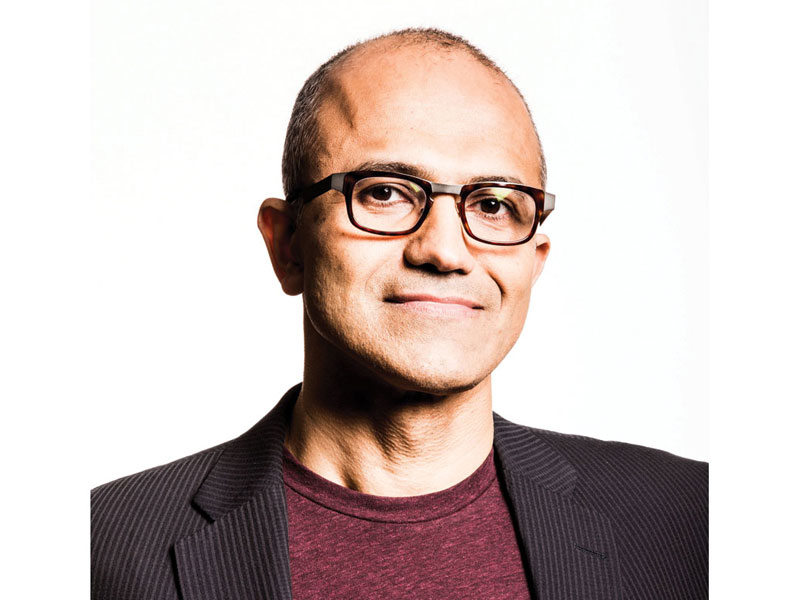
2015 was the year Microsoft CEO Satya Nadella made his mark.
After succeeding Steve Ballmer in 2014, Nadella endured a painful honeymoon period, cleaning up the $7.5 billion mess that was Ballmer’s ill-advised Nokia acquisition. He laid off 18,000 workers and then another 7,800 earlier this year.
But the cleansing was done and by the end of 2015, Microsoft is on its strongest footing since the Bill Gates days. It was an impressive turnaround.
Nadella’s head was in the cloud, literally. The company’s cloud-based strategy has caught Wall Street’s attention, and company stock is up 18 percent this year — more than Apple, IBM, Oracle and its other main rivals. A new 52-week high earlier this month put the stock price within 10 percent of its all-time high in December of 1999 — peak Bill Gates era.
So how did he do it? By tying Microsoft’s flagship products — Office 365, the new Windows 10, and its web hosting service Azure — into the cloud.
Nadella also made the decision to release Windows 10 free to Windows users and designed the new OS to be device agnostic, able to run across platforms including PCs, smartphones, tablets, wearables and its Xbox franchise. He pleased developers by delivering an easy solution to porting existing third-party apps to the new OS. And Windows 10’s voice-activated assistant, Cortana, and new browser, Edge, offer enhanced security features like fingerprint and facial recognition, making it ideal for the cloud-based office of today.
A greater emphasis on hardware was also implemented, seeing Microsoft’s first branded laptops, and the success of the company’s convertible Surface tablet has opened up yet another path to the enterprise market.
The net result of Nadella’s very good year is Microsoft’s swift transition from a company that primarily sold software to a cloud service leader and a serious player in the hardware business, with a higher level of transparency and a greater emphasis on the end-user.
For Nadella, it was a result of 23 years of being a part of Microsoft’s corporate culture, and realizing it was time for a change. It’s the pace of that change that has the industry standing up and taking notice.













